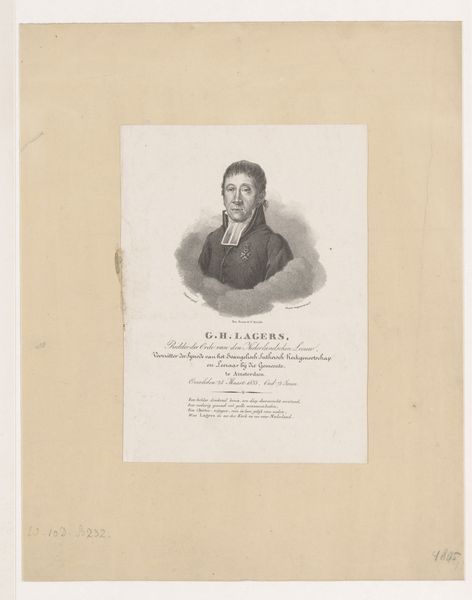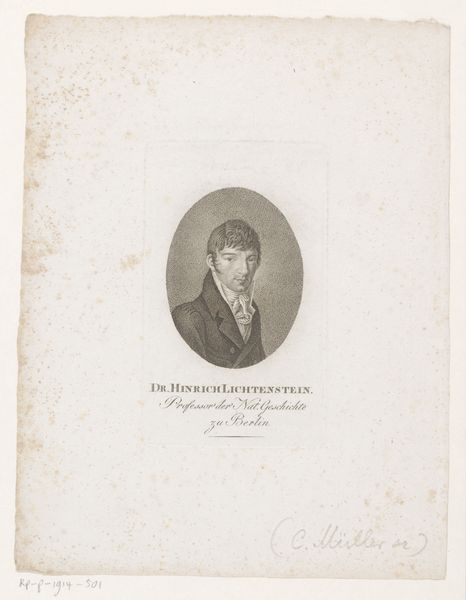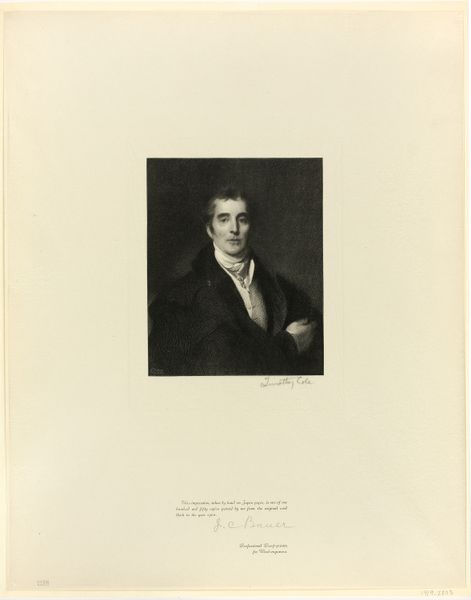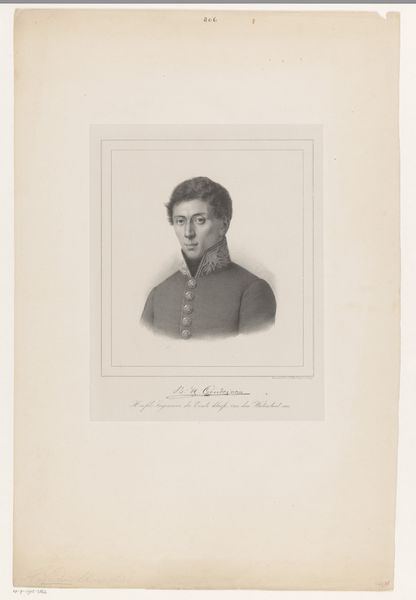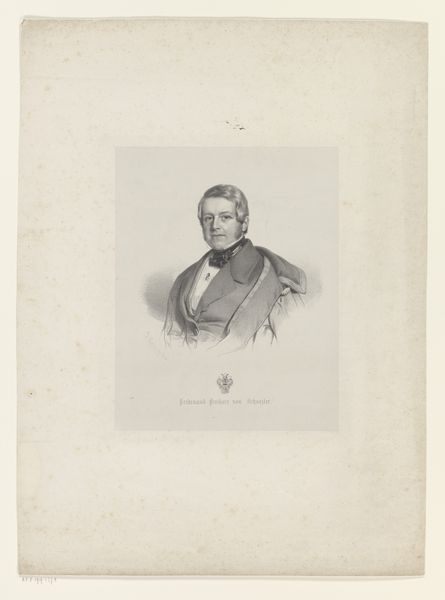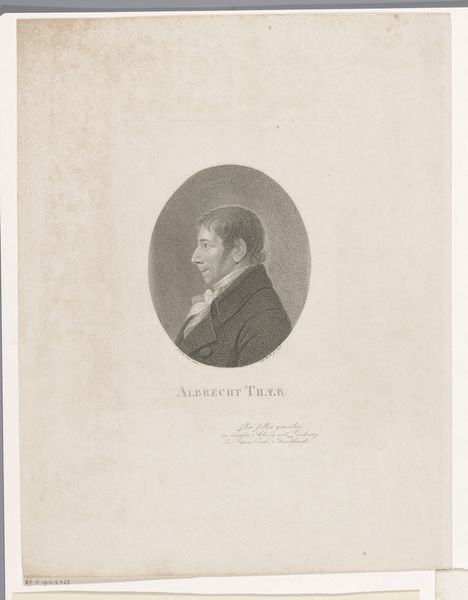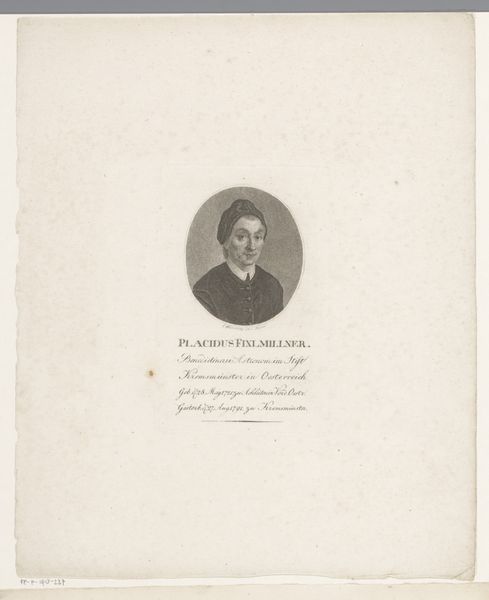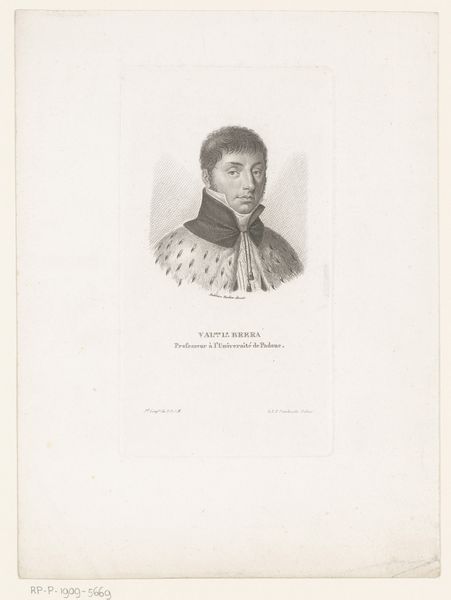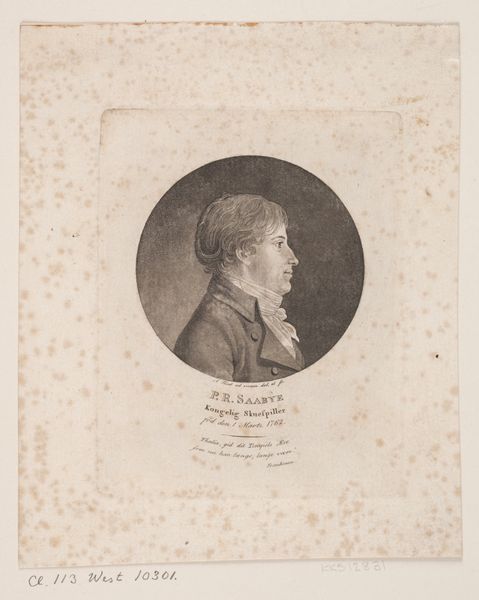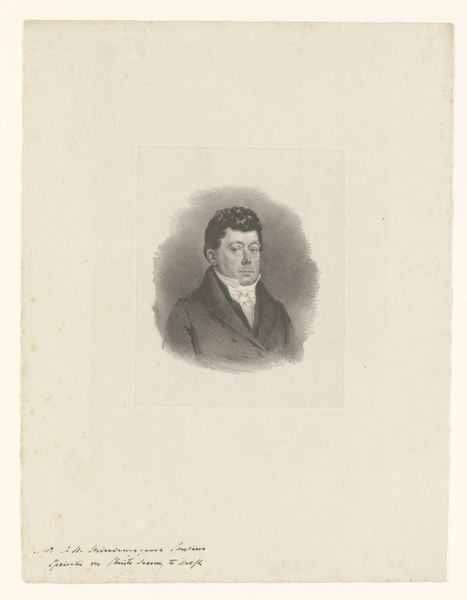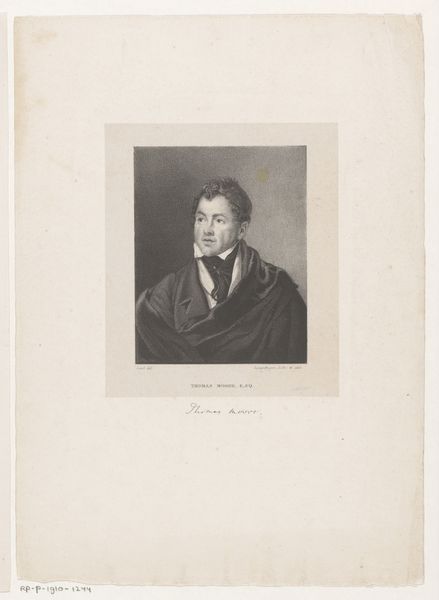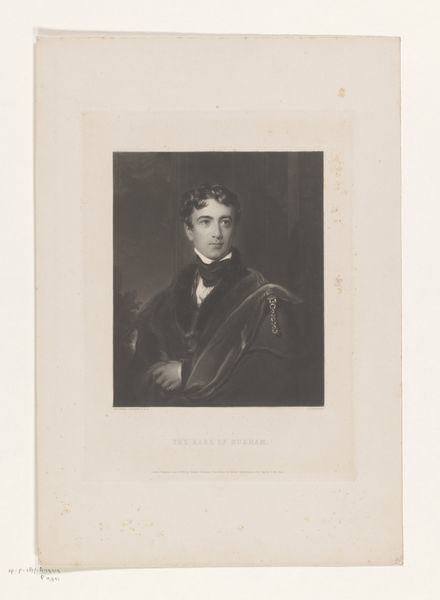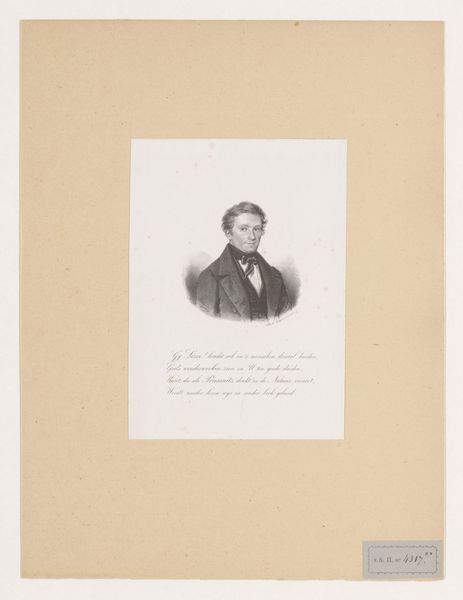
print, etching, engraving
#
portrait
#
neoclacissism
# print
#
etching
#
history-painting
#
engraving
Dimensions: height 315 mm, width 232 mm
Copyright: Rijks Museum: Open Domain
Editor: This is a portrait of General Rafael del Riego, made between 1832 and 1842 by P. Maenza. It's a print made using etching and engraving techniques. It feels very formal, almost staged. What do you see when you look at this print? Curator: I see a careful negotiation of materials, labor, and political ideology. Consider the choice of printmaking. It allowed for wider distribution, disseminating Riego’s image beyond the elite. It transformed the artist’s labour and helped forge Riego’s persona through readily reproduced, almost mass-produced imagery. Editor: So, the medium itself is part of the message? Curator: Precisely. Etching and engraving, while requiring skilled labor, democratized access to imagery compared to, say, a unique oil painting accessible only to a wealthy patron. Think about who was commissioning and consuming prints like this and the broader social and political implications that arise from image production and access. Where do we place its relationship to propaganda? Editor: I guess it's not just about *what* is depicted but *how* it's depicted and *how many* copies are in circulation, right? It connects it to real political influence through reproducibility. Curator: Absolutely. The labor involved in creating this multiple, in reproducing Riego’s likeness, contributed to his ongoing image in the political landscape. And the act of buying and owning it allowed an individual to publicly and privately assert allegiance to a cause or express personal desire, connecting to Riego through consumption of an image. The circulation becomes intrinsic to his influence, to what Riego stood for. It’s the interplay of materials, labor, and its role in societal action. Editor: I hadn’t thought about it that way. It makes me wonder about the relationship between artistic production and its political environment. Curator: Indeed, reflecting upon it can shift one’s understanding. Examining these pieces from the perspective of how it was created, distributed, and used changes your understanding of power.
Comments
No comments
Be the first to comment and join the conversation on the ultimate creative platform.
